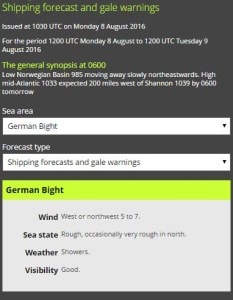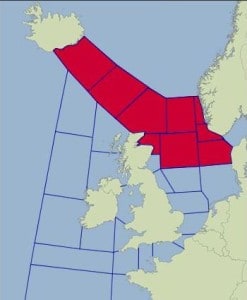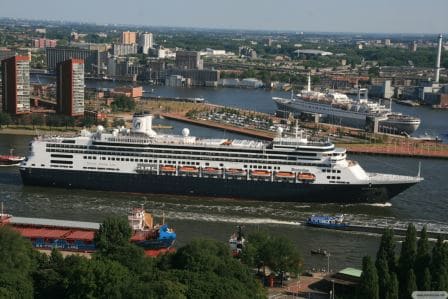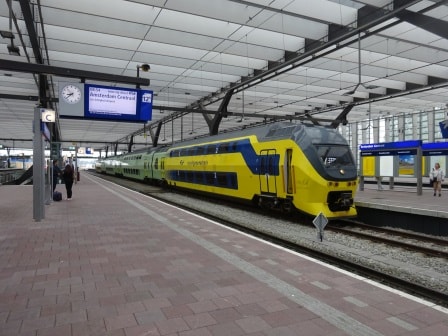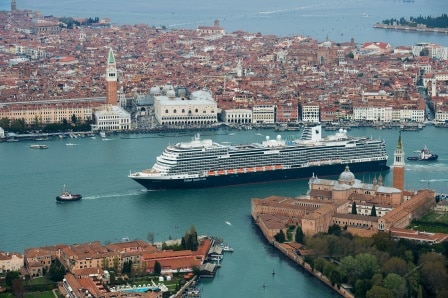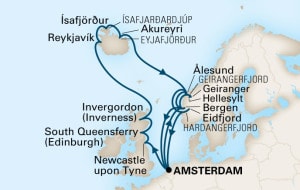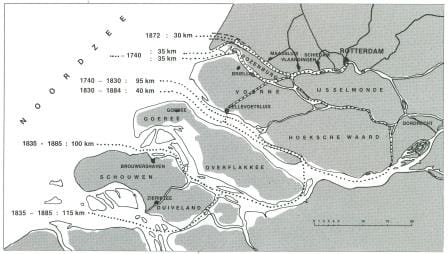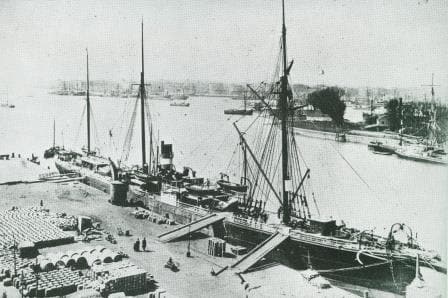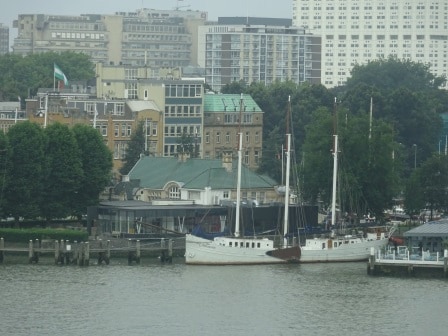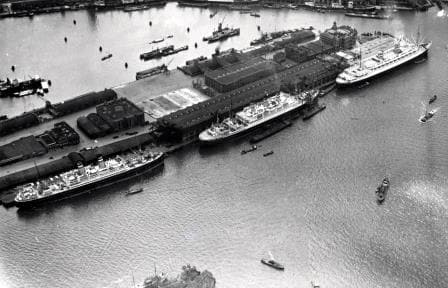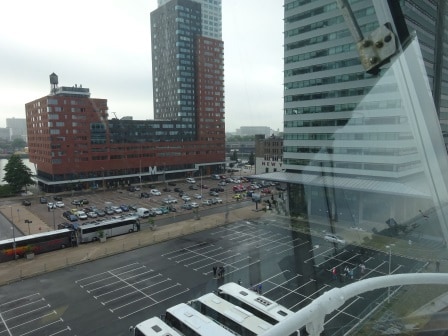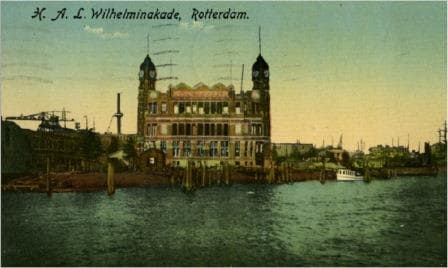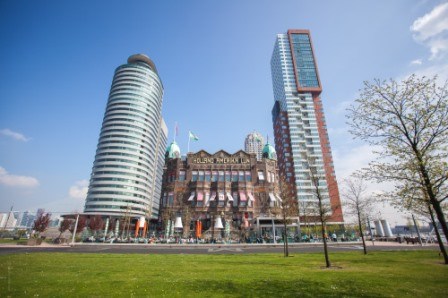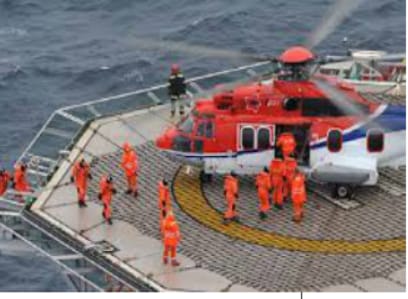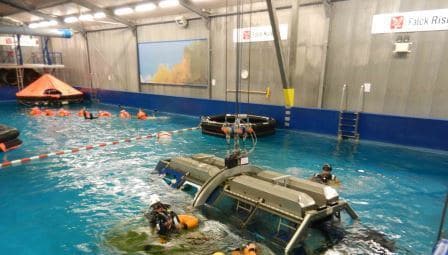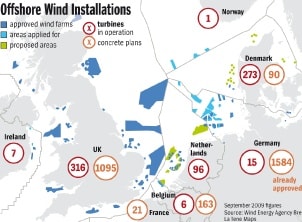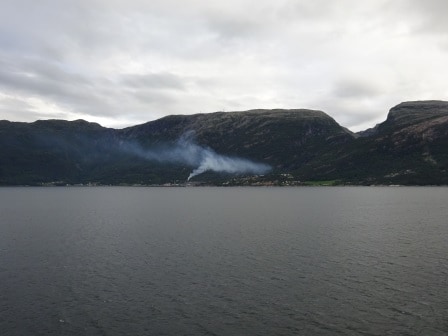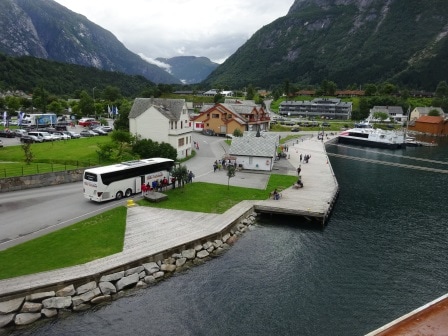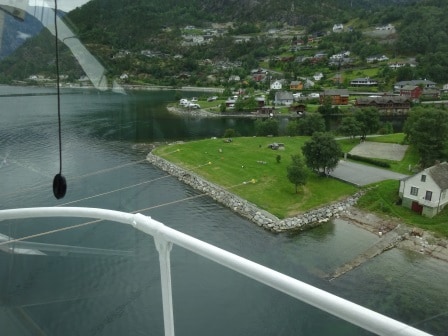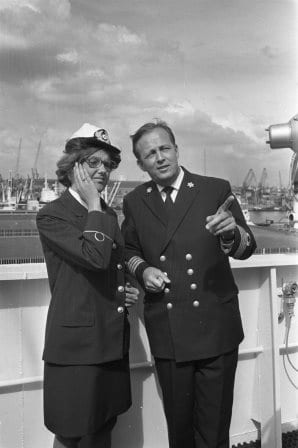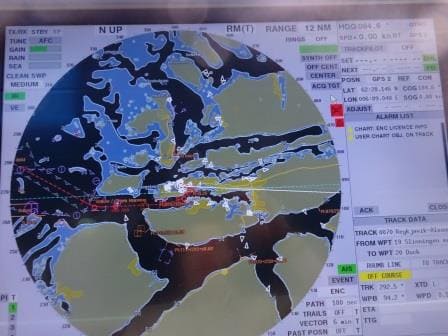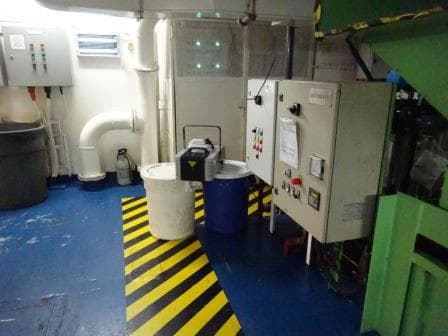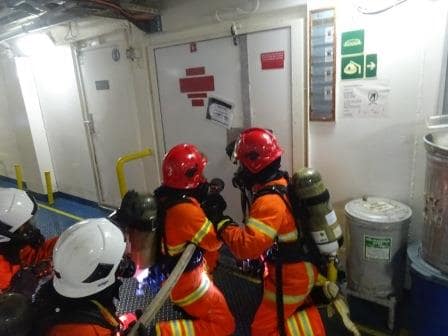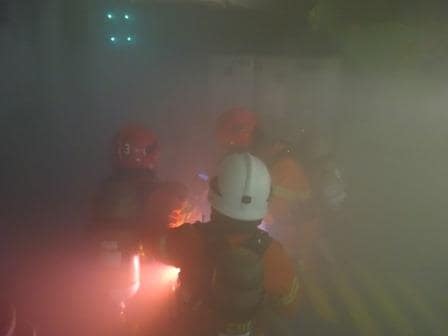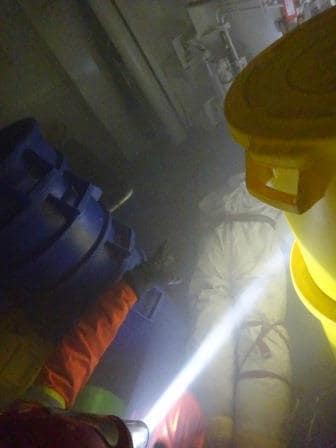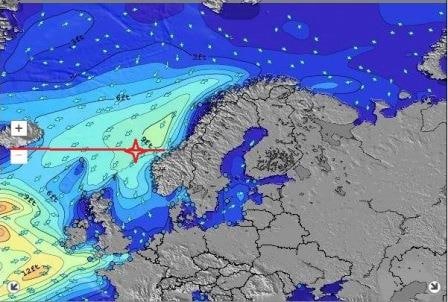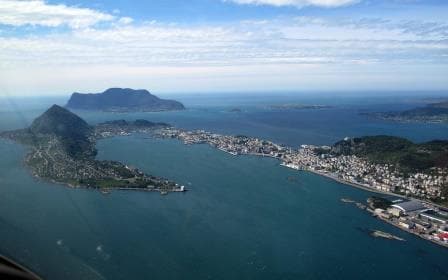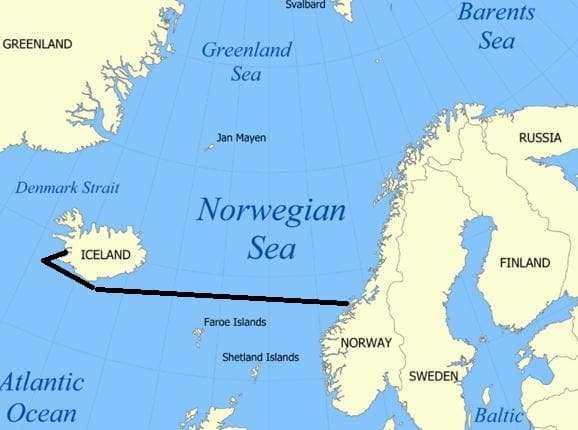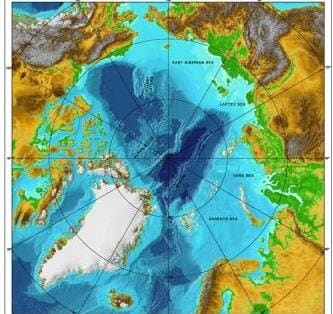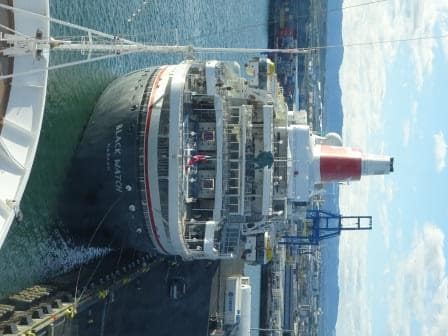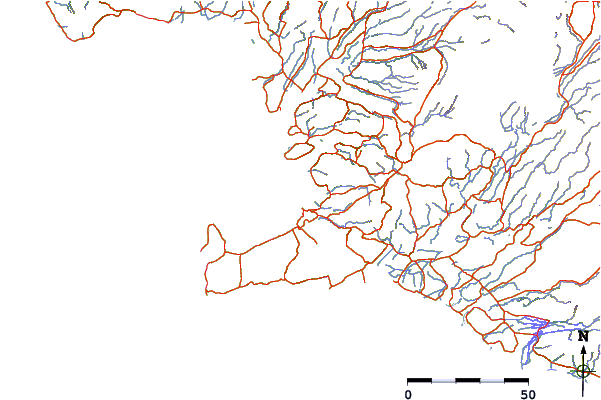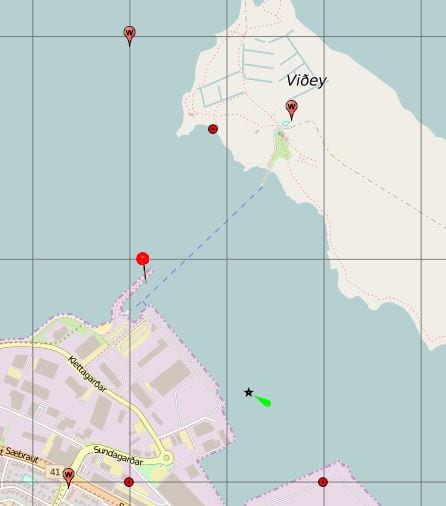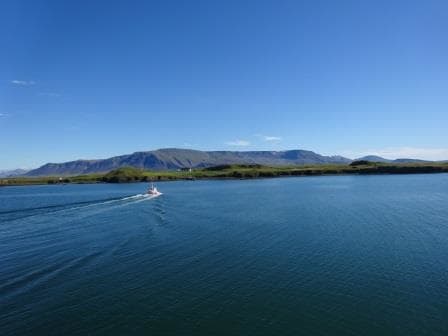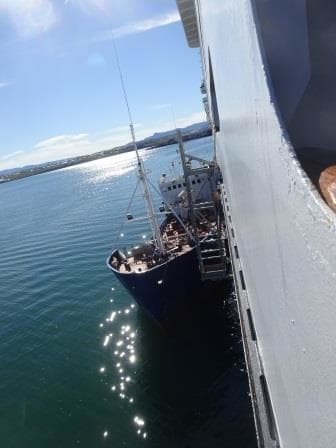An un-expected day 2 in Amsterdam and everybody was making the best of it. A lot of guests grabbed the chance to do a few tours which they otherwise might have never had the chance to do and some just walked into town. And quite a few just sat on the ship and watched the world go by. Which is in Amsterdam on the IJ (pronounced Heya without the H and the a) a lot of work as the water way if full of all sorts of traffic. Varying from the river Rhine barges, small & large, Cargo & passenger, sightseeing boats; to contraptions which should never have left the back garden.
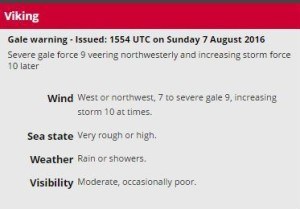
Weather Forecast for the area off the Norwegian coast. This section is called Viking by the shipping forecast. (Courtesy the Shipping Forecast)
Although these are all benefits that came with a 2nd day in port it was not the plan of course. But things were not looking good up the Norwegian coast and thus the Captain had to take action. This time it was not only the worry about getting in also what would happen while going there and when arriving there and then not getting in. It is not a good idea just bounce around with a ship in wind force 10, (In the waves that these near hurricane winds generate) if this can be prevented.
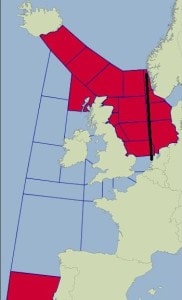
Viking is the section at the top of our black course line. The red color indicates a variation from not good to very bad. (Courtesy the Shipping Forecast)
So the Captains logic was: If I sail on time (yesterday) then I would have arrived off the entrance to the Fjord to Bergen while knowing I would not get in due to wind and the waves and then have the ship bounce around with nowhere to go. Although you cannot fully predict what the weather is going to do, the 3 day forecasts are in general very reliable.
The challenges in this case were two fold. The bad weather up north in the Norwegian Sea and the very windy weather on the North Sea outside Ijmuiden. Amsterdam might have the better cruise port compared to Rotterdam (although nobody in Rotterdam would agree with that statement) but to get to Amsterdam you have to go through the locks at IJmuiden. The ship fits in, but with not much room to spare. Cruise ships are happy drifters due to their bulky superstructure and cruise ships with balcony’s drift even more as the wind can really push into the balcony holes and the balcony side partitions help considerably to keep the wind there instead of it being bounced off and dispersed.
At sea blowing away is not a big deal and the faster you go the less you drift from your course line.
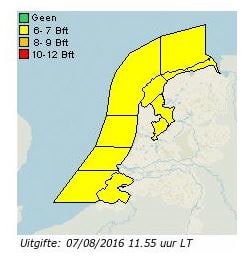
The Dutch shipping forecast uses yellow while the British uses Red. This is the Dutch way of “Not Good” yesterday. (Courtesy KNMI scheepvaart weer bericht)
But we have to go through those locks and that goes at a very slow speed. The Koningsdam towers very high above the dock height and 30 knots of wind on the side makes it very tricky – too tricky – to maneuver into the small opening. Two good reasons to rethink the battle plan.
As soon as a plan has been made, it is checked with our head office and after the green light is given, the changes are made. In this case the decision was made to drop Aalesund from the schedule with the view of providing the guests still with the best experience possible under the given circumstances.
Today the wind was as strong as yesterday but had shifted more to the west. Thus the wind would be on the bow while entering the locks and then there is no drift and thus not much of a problem.
Once out of the locks, the pedal was put to the metal to gain as much time and speed to maintain until we come to the storm area where the waves are getting higher. Then by slowing down the ship, the most comfortable speed can be offered while still keeping the schedule for the call at Hellesylt / Geirangerfjord. Now it is a matter of keeping our fingers crossed that the weather is going to follow the weather forecast.
Tonight it will be windy but the North Sea should not give much of a discomfort (Apologies to all those guests who might think otherwise……….) but sometime tomorrow afternoon we are entering the wave field on the border of the North Sea and the Norwegian Sea and then things will change. Hence the slowing down to ensure the change in movement will be as little as possible. By that time the storm should also start to abate and eventually the high waves as well.
Weather forecast for tomorrow: Sunny, Windy and temperatures around 59oF / 15oC.
Shipping Forecast: The red is gone from the German Bight section.
